Google is constantly updating their algorithms and platform.
In fact, Moz found that they make updates to their basic algorithm more than 500 times each year.
Google’s search engine results pages (SERPs) are changing dramatically.
With the constant additions of new features like rich snippets and the knowledge graph, you can expect that Google is heading in a new direction when you least expect it.
They want to focus on delivering results fast and effectively.
It’s the whole business model of Google. They want to give the user the best experience possible.
And in today’s world, that means delivering the desired content faster and with more accuracy.
It means reducing the amount of time that it takes for a user to find the right content.
Say goodbye to keyword stuffing, ranking for random terms, and half-done content.
These changes may even pose dangers to our beloved click-through rates.
Google’s SERPs are changing rapidly. They’ve already changed dramatically in the past few years.
At the rate that Google makes updates, you can expect big changes in 2018.
Not all of these changes will be monumental, but some are sure to seriously shift the way search engine optimization works.
Your inbound organic traffic is going to come through vastly different avenues.
It’s not going to be cut-and-dry, search-and-click anymore.
Here’s what the Google SERPs will look like in 2018.
More featured answers
As discussed above, Google’s main goal is to give you answers fast.
That’s why your content loads in just a matter of seconds when you search with a given query:
Google delivers millions of results for search terms in less than a second.
Why do they focus so much on this? It’s because we live in such a fast-paced world.
People want everything now. They don’t want to wait 10 seconds.
That’s too long.
Think about it:
When was the last time you searched for something? How long did you wait for a page to load on that search result before you bounced?
It was probably just a few seconds.
In fact, Google recently found that the longer a person has to wait, the more likely it is that they’ll bounce:
Just a few seconds can make a difference in bounce rates.
In fact, Google was starting to see speed problems in 2013. Out of nowhere, they went down for a total of five minutes.
This simple outage led to a 40% drop in overall Internet traffic and caused other search engines to see better usage results.
What does this mean for SEOs? It means that Google knows that speed and efficiency are everything.
A simple outage lost them huge amounts of traffic and money.
That means they’ll be putting all of their time, resources, and money into making sure events like that never occur again.
And that means an increase in speed and delivery of content.
For example, search a random keyword and you will most likely turn up a box with featured questions and answers:
Most searches are starting to contain boxes called “People also ask.” They feature common questions associated with the keyword that the user searched.
When you click on these questions, you get instant answers.
Clicking on each question also delivers more related questions:
This can be an almost infinite cycle. The more answers you click, the more common questions appear.
If you stick to the top of a given search result, you might see featured answers, too:
These exist for one reason:
To solve a user’s problem instantly.
So what does this tell you?
It tells you that Google is focusing heavily on delivering results faster.
To match a shifting market that demands content ASAP, Google is going to start rolling out these features on every search possible.
You already see these featured questions and answers popping up at faster rates, and you should only expect more of it.
As the world grows increasingly tech-focused and efficiency-based, you can only expect the same from Google.
Greater focus on PPC
Most marketers see pay-per-click (PPC) on Google as a waste of time.
You read that PPC search results get almost no clicks when compared to organic results.
In fact, studies show that first-page clicks are 71.33% organic and only 15% PPC-based.
So, the notions are true: The majority of people aren’t clicking on PPC ad results on Google.
This is a big problem for Google. Google’s revenue is highly dependent on advertising.
According to Statista, they make nearly $100 billion a year in advertising dollars.
Advertising revenue is the lifeblood of Google.
They depend on companies to use AdWords to bid for keywords and show up on the display network.
If people stopped using AdWords due to low click rates, they’d see a potentially catastrophic drop in revenue.
This can tell you a few important things:
- Advertising is critical to Google’s success.
- Advertising will continue to play a big role in SERPs.
- If anything, the SERP focus on ads will only increase.
You can already see big hints at this trend by conducting basic Google searches:
The majority of the SERP is ad-focused already. Google Shopping dominates most of the right-hand sidebar.
The top four results are still based on the AdWords Search Network.
And just recently, in February of 2017, Google made a big change to how it displays ads in the SERPs.
Before this update, here is what the PPC results looked like:
The first four results were still based on the search network, but the “Ad” marker was bolded and filled in so that it would stand out.
Users instantly focus on this due to the boldness of the marking.
But now, here is what the search results look like for ads:
They removed the bold text and and contrasting background color to give a lighter, less aggressive appearance.
Why? Google wants you to click on those ads.
More ad clicks equal more money.
And as you know from ad blocker trends, people are fed up with traditional ads:
If there’s anything to learn anything from this minor 2017 update to the PPC portion of the SERPs, it’s that Google will place an increasing emphasis on ads in 2018.
The same trend showed up with Facebook as their user base increased to two billion monthly users:
As their user base started to increase, they announced that organic reach would be declining:
Why? It was because businesses were getting valuable traffic without paying a dime to Facebook.
And in a business-based environment, that’s a recipe for disaster.
Think about it:
Amazon takes a portion of each sale made on their network, and for a good reason. They bring in huge amounts of users that businesses wouldn’t normally have access to.
It’s the same with Google and Facebook.
Ads are the lifeblood of Google, and organic marketers need to prepare for the inevitable shift.
Lower CTRs, even for top-ranking content
Google’s search results are becoming cleaner and sleeker.
When you search for a particular term on Google, you might find something like this:
Or maybe you’re searching for something more specific, like an actor that you saw in a recent movie that you liked:
One of the most common examples is when you search for weather in your local area:
This looks awesome, right?
Google organizes the content beautifully and delivers it right to us.
It’s efficient. It’s effective.
But it also has big consequences for businesses that rely on organic traffic to convert on-site.
Data shows that only 66% of searches performed on Google resulted in a click.
If you do the math, that means that 34% of searches resulted in no clicks.
Why? It’s because, as we have seen, you don’t even need to click anymore to get content.
All of those examples above show the exact answer to a query without the need to click on the site.
This presents a big issue. All of that time and effort it takes to rank #1 could be for nothing, depending on the search term.
Usually, we’re accustomed to seeing a click-through rate graph that looks like this:
The higher the ranking in a given SERP, the higher the CTR.
But with the changing environment of Google’s results, this is likely going to change.
And these changes might not cause result 10 to get more clicks. Instead, it will likely mean that all results will see lower click-through rates.
This means that companies need to start putting emphasis on rich snippets and rich cards if they want to stand out and deliver the information.
You can see this happening with current Google searches:
Did you notice how the rich card is first on the results but isn’t organically ranking in the #1 spot?
You can bet that the rich card gets a higher CTR than the first organic result even though they aren’t really ranking #1.
SERPs will most definitely contain more rich cards in 2018.
Shifting the focus to trending news
Have you ever heard of Google News? If not, here’s what it looks like in action:
For example, let’s say you search for something like “hurricane:”
You instantly turn up results called “Top stories” that Google News filters.
The goal here is to deliver news to users faster and more efficiently, giving a rich snippet of the news at the same time.
When you search for news on a mobile-based device, Google often combines rich snippets with AMP. This allows you to scroll between multiple articles without clicking back to Google:
This recent trend is only going to gain steam in the coming years.
It’s content optimization like you’ve never seen before: Instant delivery, no waiting times, and the ability to view multiple articles without reloading pages.
It’s genius.
And according to TechCrunch, Google’s AMP now powers over two billion mobile pages and nearly one million domains.
It also loads two times faster than the typical page!
In the same TechCrunch report, their analysis showed that Google is working on expanding the AMP network into new avenues like e-commerce and advertising.
In the coming years, we can expect three new ad formats via AMP:
Carousel, Video Parallax and LightBox, for example:
With these new developments coming in at Google, the SERPs will look vastly different in 2018.
AMP and news are taking off and increasingly producing results that are unmatched by typical organic results.
This means that Google is more than likely going to invest more money into it.
So, do you want to start taking advantage of Google News today?
Start by heading to Google Trends. You can use it to see the topics that are trending at any given moment:
Try using these topics to create trending stories that relate back to your niche.
While you may not reap the rewards of evergreen content, you will likely see massive boosts in traffic while the story is still fresh.
Multiple competitors will fight for answer boxes
Remember that image I showed you earlier comparing the answer boxes to organic results?
We saw that even if a site doesn’t rank first organically, it can still appear first on the SERP with answer boxes.
Essentially, more and more people are going to start competing for these answer boxes.
You can already see this through the disparity in organic rankings and who ranks for the answer boxes.
Now, the first organic result isn’t always the result that people will click.
On top of that, each answer box has multiple results within it.
For example, take a look at the answer box for this search:
Two different sites are competing within the same answer box.
There are now two different people ranking in (technically) the number-one position for organic results.
It’s no longer going to be as simple as ranking first for a given search query.
Multiple people will be fighting for the same position now.
This is a dynamic shift from the typical search results we see right now:
Normal rankings are eventually going to fade, and 2018 is going to become the start of it.
With dynamic answer boxes, Google can have multiple people competing for the same spot. They’re giving users the option to pick rather than just clicking on the first result.
Mobile-focused optimization
Mobile traffic has been skyrocketing lately.
In fact, mobile traffic now dominates desktop traffic, taking up more than 52% of Internet traffic worldwide:
With the increase of mobile traffic compared to desktop visits, it’s no secret that Google will begin to focus heavily on mobile search traffic.
In 2017, multiple large changes were made to how we view search results on mobile devices.
For example, ad layouts changed on search results:
The “Ad” box wasn’t the only thing that changed. They also moved the links from the bottom to the top and put more emphasis on the text and headline of the ad.
Similar updates happened to organic mobile results:
Each search result is now featured in a rounded box with the links above in black, giving a bigger focus on the headline rather than the link color being green and attracting attention.
This gives brands with less recognition the ability to drive more clicks.
For example, let’s say your site is ranking first on Google, but a popular site like HubSpot is ranking third.
Most likely, people would choose HubSpot even if it’s third in the results.
Why? They know it. They’ve heard of it.
Plus, the link is green so they can see it. They instantly have the desire to click it because it’s familiar.
Now that’s not as easy.
Lastly, the form of local map results has changed:
New filters are appearing to give marketers a better shot at driving local-based traffic.
Google has been putting tons of time and effort into optimizing Google for mobile.
This means that we can expect mobile, rather than desktop, to become a haven for marketers and traffic.
Conclusion
Google is always changing the way that we find content.
According to Moz, Google makes over 500 changes every single year!
You ask, “How on earth are marketers supposed to keep up with such a changing landscape?”
It’s nearly impossible. Google’s SERPs are always changing based on the needs of an adapting market.
In the past few years, we have seen huge additions that have dramatically changed the way we use Google.
We’ve seen additions from rich snippets to cards, AMP, the knowledge graph, and more.
Google made these changes with one simple goal in mind:
To produce a better experience for the everyday user.
That means giving them content faster, better, and more efficiently.
If they don’t, they risk losing search traffic to other competitors who have the same idea in mind.
But in today’s world, that can have a big impact on the way that we conduct marketing online.
SEO is always changing. At first, it was keyword stuffing. Now, it’s long-form content and links.
But what will happen to the SERPs in 2018? How will this impact what we do now?
Likely, it will include more featured answers. Google has already been focusing on giving answers faster, and this is exactly what they are implementing now.
PPC is starting to become a big focus, and for good reason. Google makes tons of money on advertising every year.
On top of that, Google News and AMP are on the rise.
We can also expect lower CTRs, even for top-ranking content. Multiple sites will fight for the first result with dynamic answer boxes.
Why? Tools like AMP and rich snippets and cards show the information without the need for a click.
Google SERPs are changing fast. Stay ahead of the curve by spotting these 2018 trends now.
What do you think will dominate the SERPs in 2018?



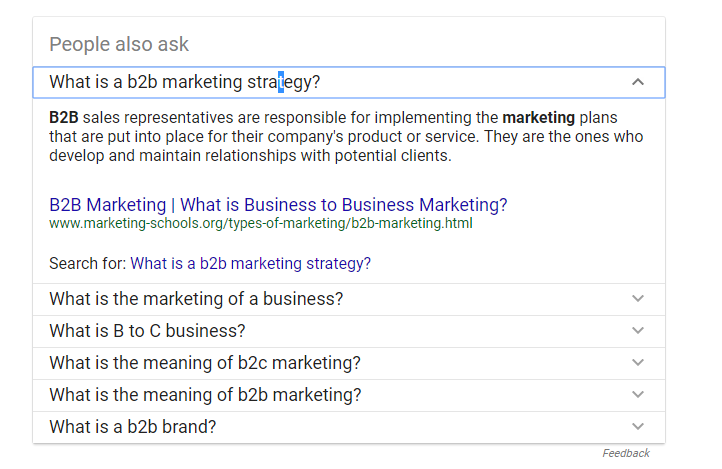
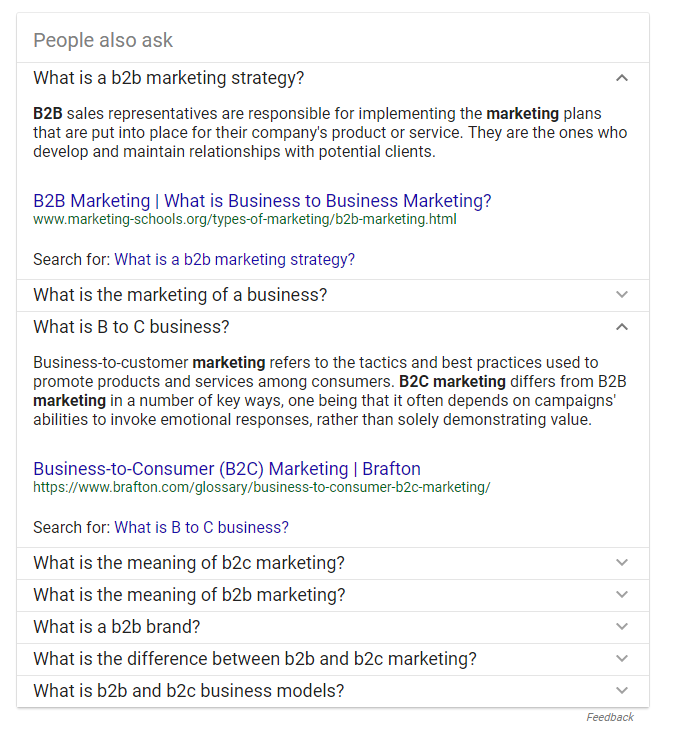








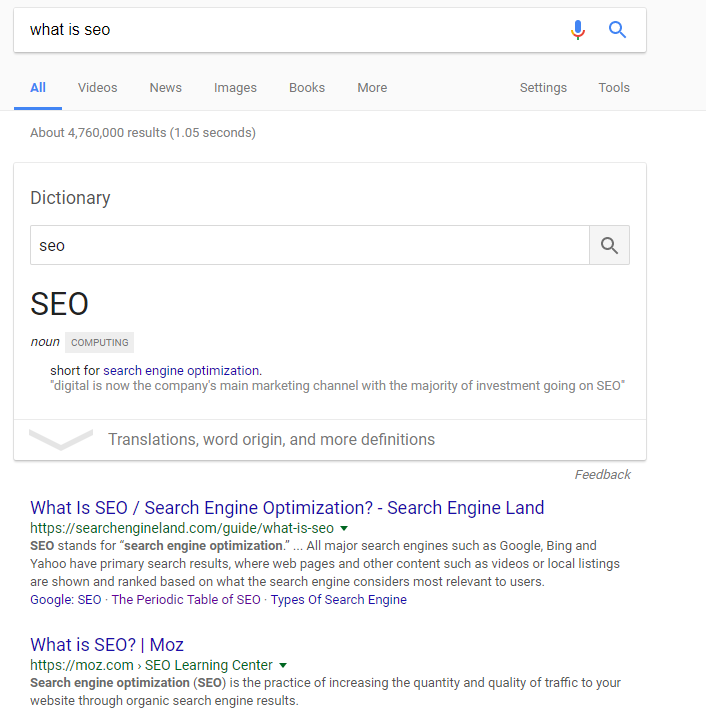










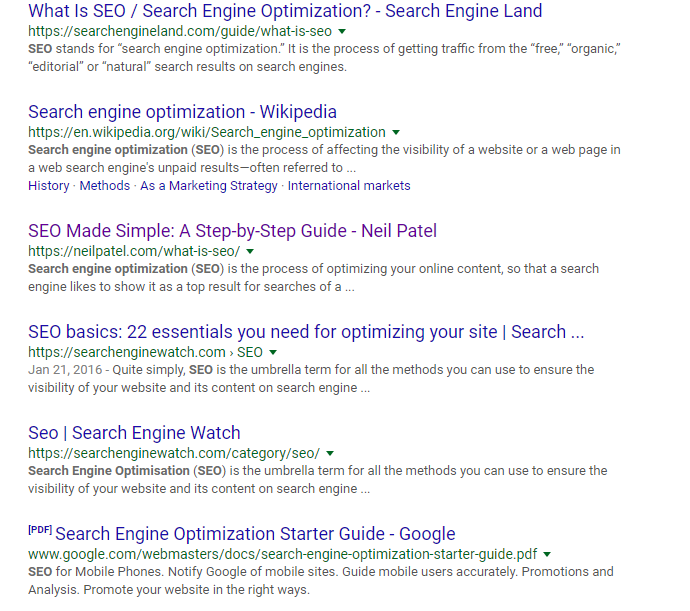
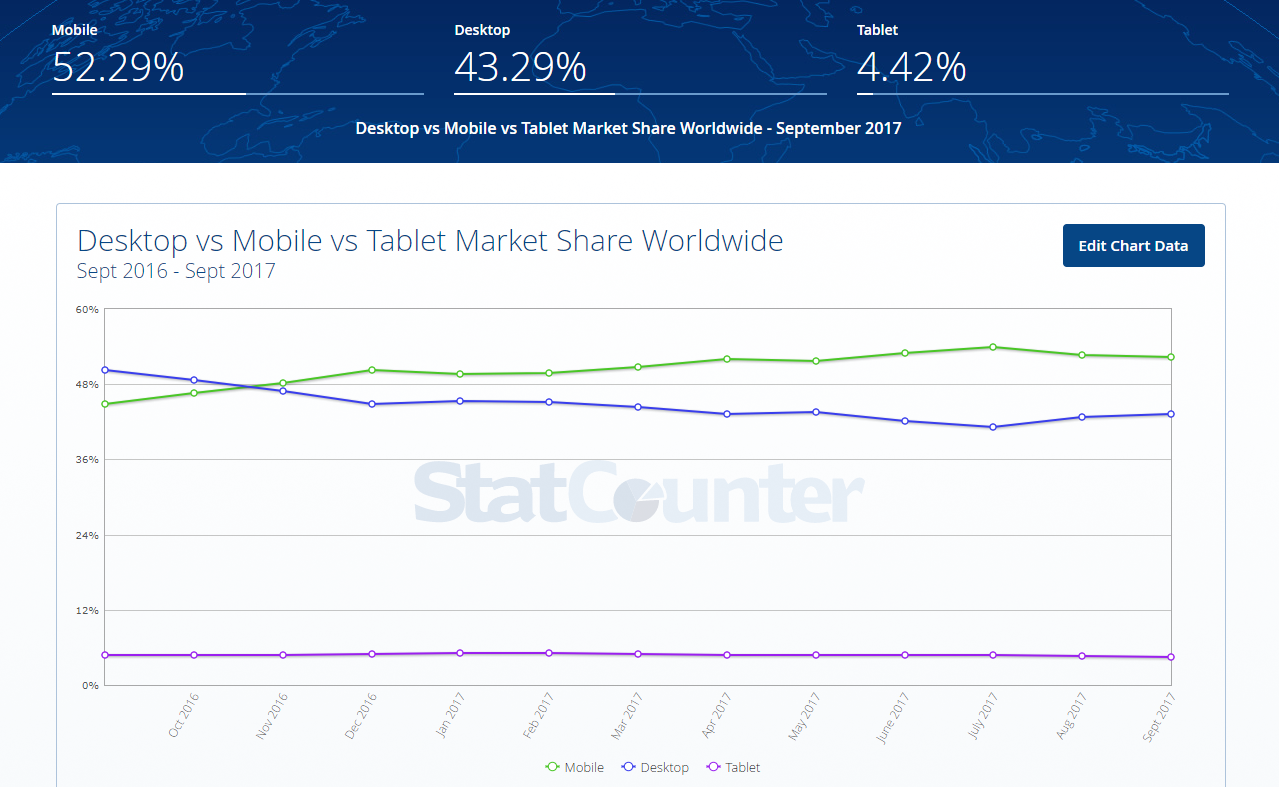



Comments (46)